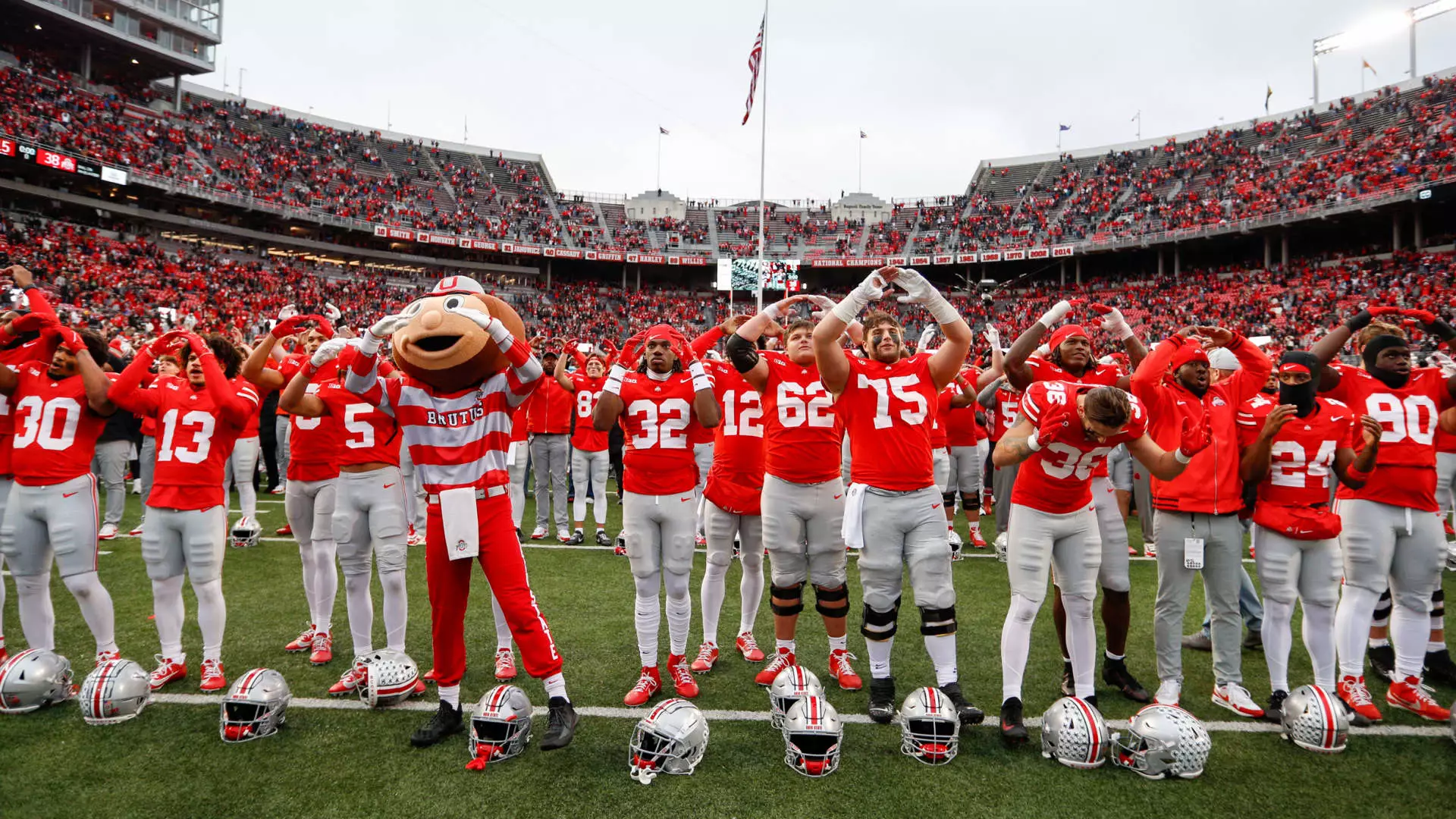The landscape of college athletics has transformed into a lucrative marketplace, one where programs generate staggering revenues that attract substantial interest from private investors. As schools become not just educational institutions but also major commercial enterprises, understanding the valuation of these athletic programs becomes crucial, not only for financial analysts but also for universities looking to optimize their sporting arms. In this article, we will explore the factors determining the worth of college athletic programs, and how these valuations impact not just the universities themselves but the larger sports ecosystem.
Every year, college sports programs collectively accumulate billions of dollars, primarily through television contracts, ticket sales, merchandise, and sponsorships. Schools are now more determined than ever to capitalize on these opportunities, steering the conversation towards the financial implications for athletes and athletic departments. The pull of private investment has become evident, inviting investors eager to share in the wealth generated by collegiate sports.
While the academic arm of a university is undeniably crucial, the financial muscle showcased by sports programs could redefine how these institutions allocate their resources. A case study in this endeavor is Ohio State University, which has been estimated to have an athletic program worth approximately $1.27 billion, leading the pack in terms of program valuation.
Key Metrics in Athletic Valuation
Determining the worth of a college athletic program involves a multi-faceted analysis that takes into consideration various financial indicators. Factors like revenue generated, alumni donations, attendance figures, and overall fan engagement are critical. For Ohio State, the impressive fan base of over 11 million, coupled with significant alumni involvement and contributions of around $60 million, strongly validated its top-ranking status. The enthusiasm of Ohio State’s supporters, who routinely fill the stadium with over 100,000 fans for games, adds another layer of value not easily quantified.
The competitive nature of college athletics, especially among the top conferences like SEC and Big Ten, further amplifies program valuations. For instance, the SEC commands a staggering collective worth of $13.3 billion, with individual schools benefiting enormously from media rights deals that surpass those of their rivals.
The valuations of athletic programs cannot be understood in isolation but must be examined within the context of their respective conferences. Conferences drive a significant portion of the revenues, largely through television contracts. The Big Ten and SEC stand out in this aspect, with each institution within these leagues raking in substantial revenue—averaging $832 million and $734 million, respectively.
The wealth generated by these conferences creates a competitive imbalance that speaks volumes about how money influences college sports. Institutions that are part of less profitable conferences naturally face valuation challenges, which is reflected in the overall list of significant athletic programs.
Data-Driven Insights
The valuations employed are informed by rigorous data collection and analysis. Organizations such as AthleticDirectorU provide a wealth of information on the financial landscapes of college athletic departments, which aids in drawing precise valuations. Inputs from various experts in the field also bolster the reliability of these valuations, offering a comprehensive understanding of the unique factors influencing revenues.
Utilizing historical data, adjustments are made based on anticipated future growth, including projections of Name, Image, and Likeness (NIL) deals and subsidies provided by the universities to support their athletic programs. This analytical approach establishes a more adaptable and forward-looking valuation framework.
The Future of College Athletics
As college athletics continues to grow into a colossal industry, the stakes are higher than ever. Universities not only need to manage their financial affairs with precision but also consider the ethical implications of the commodification of education. Whether through lucrative contracts, private investments, or athlete compensation, the future landscape of college sports will hinge on choices that balance profitability, fairness, and academic integrity.
Understanding the worth of a college athletic program not just delineates revenue potential, but it also poses deeper questions about the role of athletics in modern education and society. It’s a dynamic reality where the strategies employed today will craft the narratives of athletics in our universities for generations to come.

